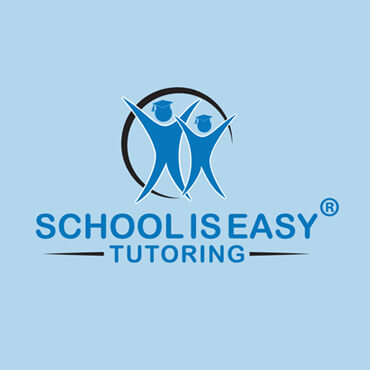Last week’s Blog post explained how making connections is a useful reading comprehension strategy. This post will describe some other reading comprehension strategies that can be used to improve reading comprehension such as asking questions, visualizing and inferring.
Asking questions: Improve reading comprehension by asking questions
One problem some students have is not being about to understand or recall the information they just read. Asking questions about the text while reading improves reading comprehension because it causes the reader to stop and consider what they are reading. If a student is reading and there is something that doesn’t make sense, they should write the question down on a sticky note and place it on the page to ask a teacher or reading tutor later. Students can also write down vocabulary words that they are not familiar with and look them up in the dictionary while they are reading so they are able to gain a better understanding of what they are reading.
Visualizing: Increase reading comprehension by visualizing the text
A common way that educators test students for reading comprehension is to give students a portion to read and then ask them questions about the text. If a student has a hard time recalling events from the text, sometimes it helps to practice visualizing. Visualizing helps people to remember just about anything; including people’s names, places and events. This principle of visualization applies to reading as well. By asking students to close their eyes and picture everything that is occurring in the text it will help them to be able to recall the events and details from the text.
Inferring: Gain a better understanding of the text by inferring
Writers use foreshadowing to activate inferences and predictions from the reader. If students are not interested in what they are reading in can be difficult to keep them focused on what is going on in the text. By encouraging students to make inferences about what they are reading they will be helped to stay connected and invested in the text. Teachers and reading tutors can help draw out a student’s thoughts and considerations of the text by asking them questions like, “what do you think this character meant when they said this”, or “what do you think the character will do next”? These are things that might not be clearly spelled out in the text, but can be inferred by taking the time to consider what is happening. This practice of inferring while reading keeps the reader interested in what they are reading and wanting to read more to find out what happens next.
Practice reading comprehension strategies regularly
By implementing these reading comprehension strategies, students will begin to use these strategies unconsciously. Without the proper reading comprehension skills, reading can be difficult and frustrating. However, once a student learns how to read using some reading strategies, reading can become an enjoyable experience. Being able to read and understand the text is exciting and freeing, and it opens the door to unlimited knowledge, entertainment and adventure.
